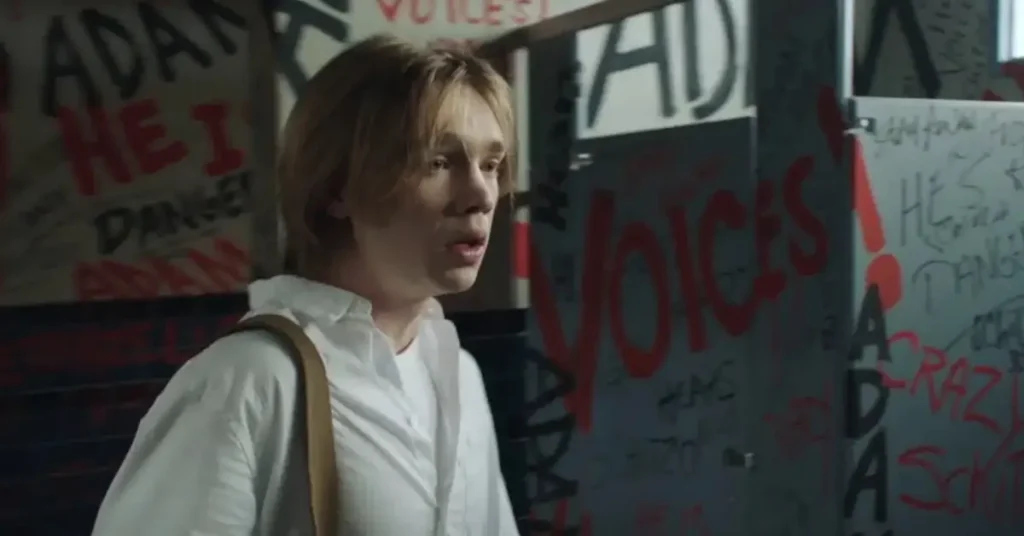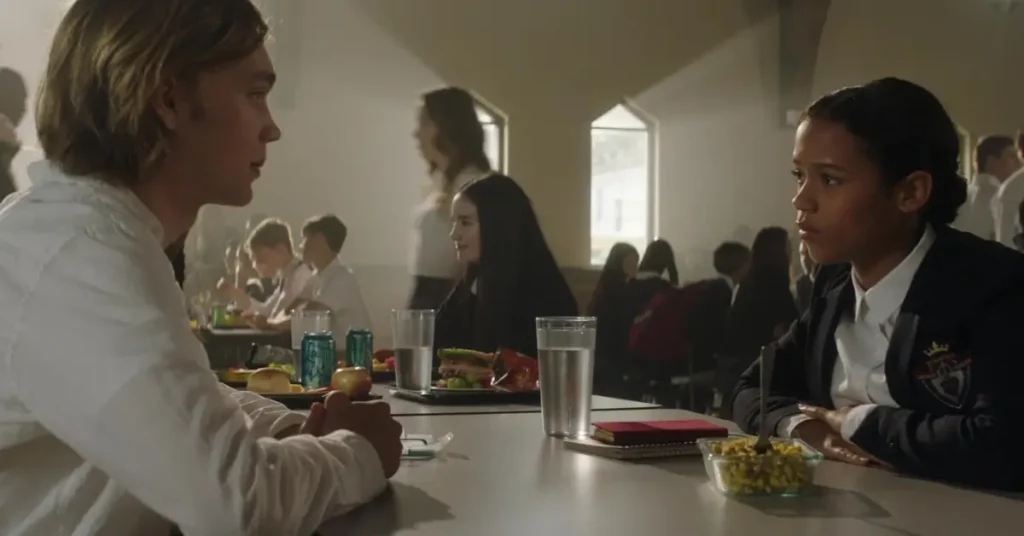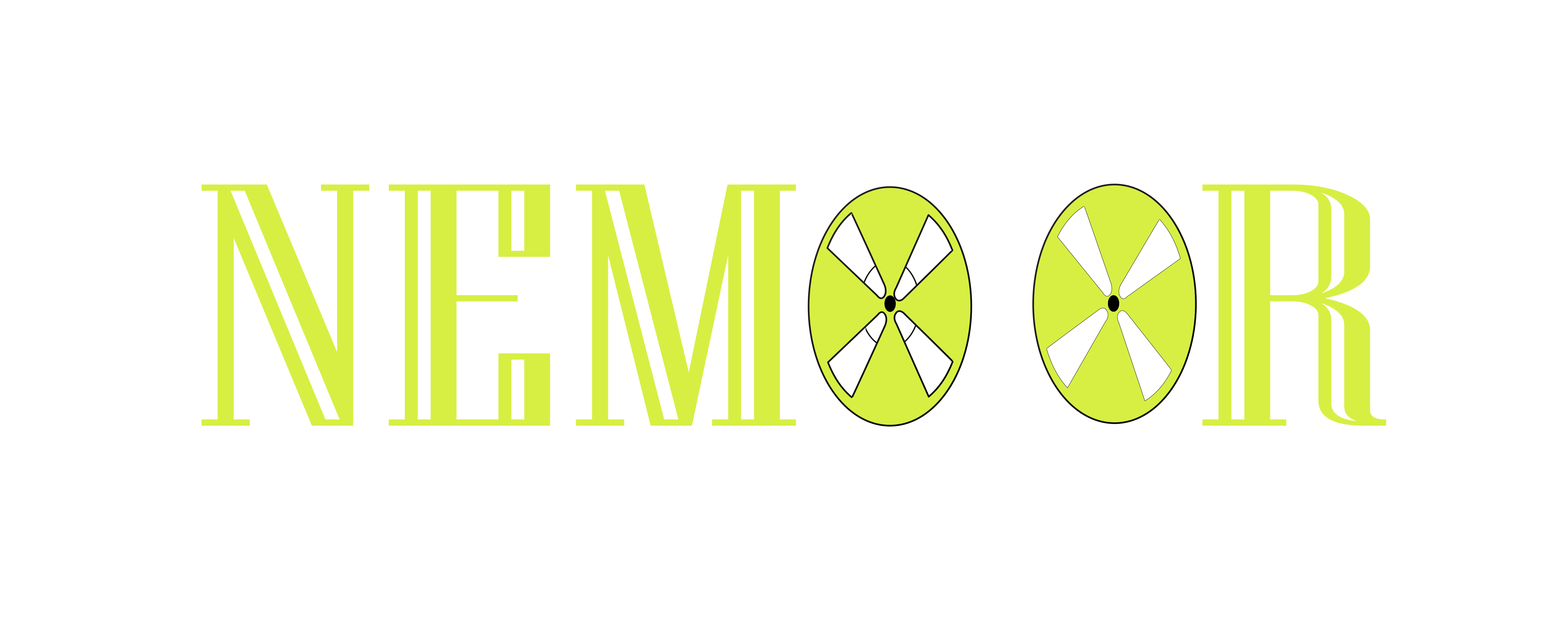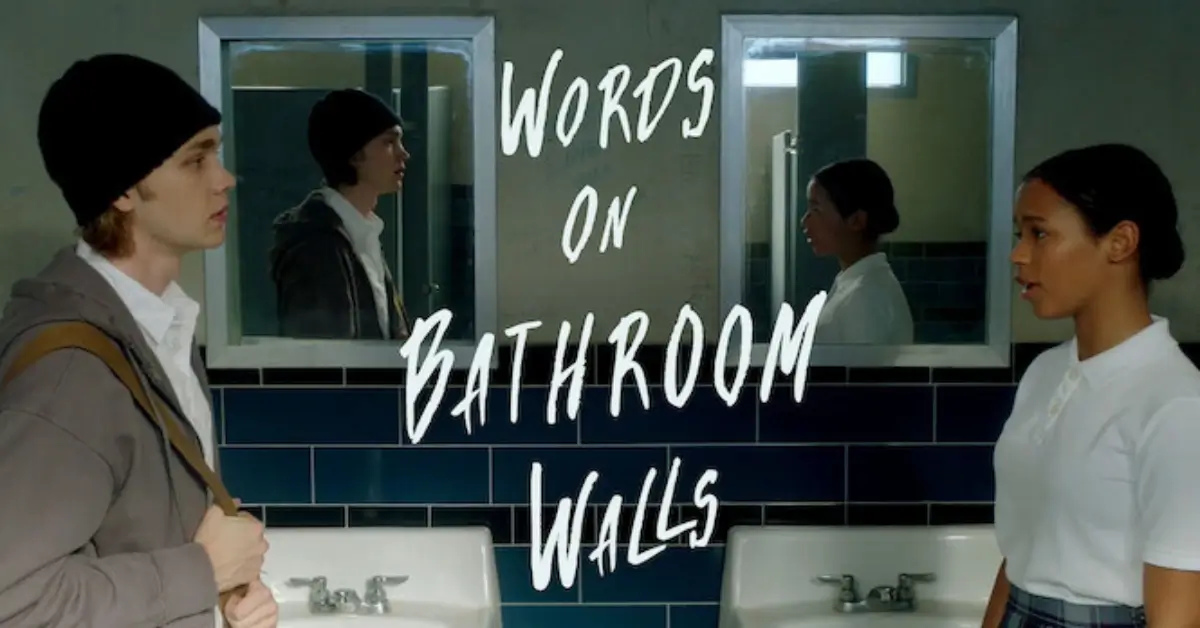Words on Bathroom Walls: An Authentic Portrait of Adolescent Schizophrenia
In the landscape of films exploring mental health, Words on Bathroom Walls stands out as a rare and poignant examination of schizophrenia in adolescence. Released in 2020, this powerful adaptation of Julia Walton’s novel offers viewers an immersive journey into the mind of a teenager grappling with a serious mental illness while navigating the already tumultuous waters of high school life. When watching this film, audiences gain unprecedented insight into the lived experience of schizophrenia through innovative visual storytelling that neither sensationalizes nor sanitizes the condition, making it an essential addition to the canon of mental health cinema.
Thank you for reading this post, don't forget to subscribe!Basic Film Information
Title: Words on Bathroom Walls
Release Date & Production Year: August 21, 2020 (during the COVID-19 pandemic, which affected its theatrical release)
Director: Thor Freudenthal (known for young adult adaptations including “Diary of a Wimpy Kid” and “Percy Jackson: Sea of Monsters”)
Screenwriter: Nick Naveda (adapting Julia Walton’s 2017 young adult novel of the same name)
Main Cast & Characters:
- Charlie Plummer as Adam Petrazelli (A high school senior diagnosed with schizophrenia)
- Taylor Russell as Maya Arnez (Adam’s classmate and romantic interest)
- Andy García as Father Patrick (A priest at Adam’s Catholic school who becomes his confidant)
- AnnaSophia Robb as Rebecca (One of Adam’s hallucinations who represents optimism)
- Lobo Sebastian as The Bodyguard (A hallucination who represents protection)
- Devon Bostick as Joaquin (A hallucination representing Adam’s paranoia)
- Molly Parker as Beth Petrazelli (Adam’s supportive mother)
- Walton Goggins as Paul (Adam’s stepfather who struggles to understand his condition)
Genre: Drama, coming-of-age
Awards: While not a major award-winner, the film received praise from mental health organizations for its authentic portrayal of schizophrenia
Runtime & Rating: 110 minutes, Rated PG-13 for mature thematic content involving mental illness, some sexual references, strong language, and smoking
📕 Buy Words on Bathroom Walls by Julia Walton on Amazon
Plot Summary
General Overview
Words on Bathroom Walls follows Adam Petrazelli, a culinary-obsessed high school senior whose dreams of attending culinary school are threatened when he experiences a psychotic episode in chemistry class that reveals his schizophrenia diagnosis. Expelled from his public school, Adam transfers to a Catholic academy where he decides to hide his condition from his new classmates, particularly Maya, a brilliant student with whom he develops a romantic connection. As he begins a promising new medication trial, Adam briefly experiences relief from his hallucinations and paranoia, allowing him to pursue his culinary passions and deepen his relationship with Maya. However, when the medication’s effectiveness wanes and side effects emerge, Adam must confront the reality of his condition and decide whether authentic relationships are possible despite his diagnosis.

Mental Health Themes
The film explores schizophrenia with remarkable depth, depicting hallucinations (both visual and auditory), paranoid delusions, and the anxiety that accompanies losing touch with reality. It also examines the impact of medication, therapy, and support systems on managing mental illness. Additionally, the narrative addresses stigma, self-acceptance, disclosure of mental health conditions, and the specific challenges of adolescent-onset schizophrenia.
Key Turning Points
Several pivotal moments highlight Adam’s mental health journey:
- His initial psychotic episode in chemistry class that leads to his diagnosis
- The beginning of the medication trial that temporarily alleviates his symptoms
- His decision to reveal his condition to Maya after their relationship deepens
- The medication’s diminishing effectiveness and Adam’s subsequent breakdown
- His ultimate choice to embrace authenticity about his condition despite the risks
These moments illustrate both the medical and social dimensions of living with schizophrenia.
Ending Analysis
The film concludes with qualified optimism rather than suggesting a miraculous cure. Adam accepts that his schizophrenia will be a lifelong condition requiring ongoing management, but finds hope in authentic relationships, particularly with Maya, who demonstrates understanding rather than fear. The ending emphasizes that while mental illness presents significant challenges, it doesn’t preclude happiness, achievement, or meaningful connection a nuanced message that respects both the severity of schizophrenia and the possibility of a fulfilling life alongside it.
Setting & Cinematic Techniques
Filming Locations
The film is primarily set in a Catholic high school and Adam’s home, environments that represent both refuge and constraint. The school’s traditional architecture and religious imagery create visual metaphors for judgment and redemption that parallel Adam’s internal struggles. The kitchen settings both at home and at the restaurant where Adam works represent spaces of creativity and control that contrast with the unpredictability of his condition.
Cinematography
Cinematographer Michael Goi employs innovative techniques to visualize Adam’s subjective experience:
- Distorted camera angles during moments of paranoia and anxiety
- Vibrant, oversaturated colors for his hallucinatory figures
- Subtle shifts in lighting to indicate Adam’s changing mental states
- Smooth transitions between reality and hallucination that mirror Adam’s inability to distinguish between them
The film avoids the clichéd “shaky cam” approach to mental illness, instead creating a visual language that feels organic to Adam’s experience.
Sound & Music
The Chainsmokers contributed significantly to the film’s soundtrack, creating music that captures the emotional turmoil of adolescence complicated by mental illness. The sound design is particularly effective in representing auditory hallucinations, with whispers and distorted voices that intrude on Adam’s consciousness. The film skillfully modulates sound to distinguish between Adam’s internal and external realities, immersing viewers in his subjective experience while maintaining narrative clarity.
Acting & Character Portrayal
Lead Actor’s Performance
Charlie Plummer delivers a remarkable performance as Adam, portraying schizophrenia with sensitivity and nuance. He captures both the terror of psychotic episodes and the everyday determination required to function with a serious mental illness. Particularly impressive is Plummer’s ability to show Adam’s reactions to hallucinations without overacting, creating believable interactions with entities that aren’t physically present. His performance humanizes schizophrenia without minimizing its severity, allowing viewers to understand Adam as a complete person rather than a collection of symptoms.
Supporting Cast
Taylor Russell brings depth to Maya, creating a character whose initial perfectionism gives way to authentic vulnerability. Andy García’s Father Patrick offers compassionate wisdom without religious platitudes. The actors portraying Adam’s hallucinations AnnaSophia Robb, Lobo Sebastian, and Devon Bostick create distinct personalities that represent different aspects of Adam’s psyche. Molly Parker and Walton Goggins effectively embody the complex dynamics of parents trying to support a child with serious mental illness, showing both deep love and profound uncertainty.
Accuracy & Authenticity
The film consulted with psychiatrists specializing in schizophrenia to ensure clinical accuracy. Adam’s symptoms visual and auditory hallucinations, paranoid delusions, disorganized thinking during episodes align with diagnostic criteria for schizophrenia. The portrayal of medication effects and side effects is largely accurate, as is the representation of therapy. The film also captures the reality that schizophrenia typically emerges in late adolescence or early adulthood, making Adam’s experience demographically representative.
Mental Health Representation: Strengths & Weaknesses
Psychological Accuracy
Words on Bathroom Walls excels in depicting the clinical aspects of schizophrenia:
- Accurate representation of positive symptoms (hallucinations, delusions)
- Realistic portrayal of negative symptoms (social withdrawal, emotional flatness)
- Authentic depiction of cognitive symptoms (difficulty organizing thoughts)
- Medically accurate representation of treatment approaches
The film thoughtfully explores the trial-and-error nature of medication management and the sometimes debilitating side effects that can lead to medication non-compliance.
Stigmatization vs. Awareness
The film actively works to counter stigma surrounding schizophrenia by:
- Portraying Adam as a multi-dimensional character whose identity isn’t limited to his diagnosis
- Showing that people with schizophrenia aren’t inherently violent or dangerous
- Depicting the condition as manageable rather than defining or defeating
- Addressing misconceptions about schizophrenia directly through dialogue
By focusing on a high-functioning protagonist with a strong support system, the film offers a counter-narrative to media portrayals that associate schizophrenia primarily with homelessness or institutionalization.
Impact on Public Perception
Mental health advocates praised the film for increasing awareness about early-onset schizophrenia and the importance of early intervention. The film’s release coincided with growing public conversations about mental health, particularly among young people, contributing to broader destigmatization efforts. By placing schizophrenia within a coming-of-age narrative, the film made a complex and often misunderstood condition more accessible to general audiences.
Critical Reception & Awards
Critics’ Reviews
Words on Bathroom Walls received generally positive reviews, with particular praise for Plummer’s performance and the film’s visual representation of hallucinations. Critics appreciated the balance between addressing serious mental health issues and maintaining narrative engagement. Some reviewers noted that certain aspects of the Catholic school setting and romantic storyline fell into conventional territory, while the mental health portrayal broke new ground. The film holds a 91% audience score on Rotten Tomatoes.
Audience Reactions
Viewers with personal connections to schizophrenia frequently commented on the film’s authenticity, with many noting that it captured experiences rarely seen on screen. Young adult audiences appreciated the film’s honest approach to mental health within a coming-of-age framework. Mental health professionals generally supported the portrayal, though some noted that Adam’s level of insight exceeds what many real adolescents with schizophrenia experience.
Awards & Nominations
While the film didn’t receive major mainstream awards attention, it was recognized by several mental health organizations for its contribution to public understanding of schizophrenia. The pandemic-affected release limited its awards season visibility, but critics’ groups acknowledged Plummer’s performance and the screenplay’s sensitive adaptation of challenging material.
Cultural & Social Impact
Discussions Sparked
Words on Bathroom Walls generated important conversations about:
- The specific challenges of adolescent-onset schizophrenia
- The impact of stigma on treatment seeking and social integration
- The role of support systems in managing serious mental illness
- The importance of medication adherence despite challenging side effects
- The right to privacy versus the benefits of disclosure regarding mental health conditions
Influence on Other Films
While still relatively recent, the film has contributed to a growing trend of nuanced mental health portrayals in young adult cinema. Its technical innovations in visualizing hallucinations have influenced subsequent productions addressing psychotic disorders. The film demonstrated that serious mental health conditions can be depicted with both clinical accuracy and narrative engagement, potentially inspiring future filmmakers.
Mental Health Advocacy
Mental health organizations embraced the film as an educational tool, with some hosting special screenings followed by expert discussions. The National Alliance on Mental Illness (NAMI) highlighted the film for its destigmatizing portrayal of schizophrenia. The film’s release provided an opportunity for advocacy groups to share accurate information about early intervention for psychotic disorders.
Personal Reflection & Final Thoughts
Words on Bathroom Walls achieves something remarkable in mental health cinema: it presents a protagonist with a serious mental illness without either defining him solely by his condition or minimizing its impact. The film’s greatest strength lies in its ability to place viewers inside Adam’s subjective experience, creating empathy through understanding rather than pity.
For viewers seeking insight into schizophrenia, the film offers valuable perspective on both the terrifying aspects of psychosis and the mundane reality of managing a chronic condition. Through Adam’s journey, audiences witness not only the challenges of schizophrenia but also the universal adolescent struggles for identity, connection, and purpose that continue alongside his diagnosis.
I would recommend this film to people struggling with mental health issues, particularly young adults and their families navigating serious mental illness. The film’s message that diagnosis doesn’t determine destiny offers genuine hope without minimizing the very real challenges of conditions like schizophrenia.
The film could perhaps have improved its mental health portrayal by showing more of the therapeutic process and by acknowledging the socioeconomic factors that influence access to the level of care Adam receives. Additionally, while Adam’s high functionality makes him relatable, the film might have acknowledged that many people with schizophrenia face more severe cognitive challenges.

Conclusion
Words on Bathroom Walls represents a significant advancement in cinematic portrayals of schizophrenia, offering viewers unprecedented insight into the lived experience of this often misunderstood condition. By placing schizophrenia within a coming-of-age narrative, the film humanizes a diagnosis frequently subject to fear and misconception while acknowledging its serious impact on those affected.
The film reminds us that behind diagnostic labels are whole people with dreams, talents, fears, and desires. It challenges viewers to reconsider assumptions about what’s possible for individuals with serious mental illness while respecting the very real challenges they face. In showing both the terrors of psychosis and the possibility of meaningful connection despite these challenges, Words on Bathroom Walls makes an important contribution to our cultural understanding of mental illness.
What are your thoughts on this film’s approach to portraying schizophrenia? Do you think seeing mental illness through the lens of a coming-of-age story makes it more accessible to audiences who might otherwise shy away from the subject? How important is it for films to balance clinical accuracy with narrative engagement when depicting serious mental health conditions?

